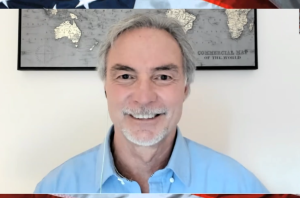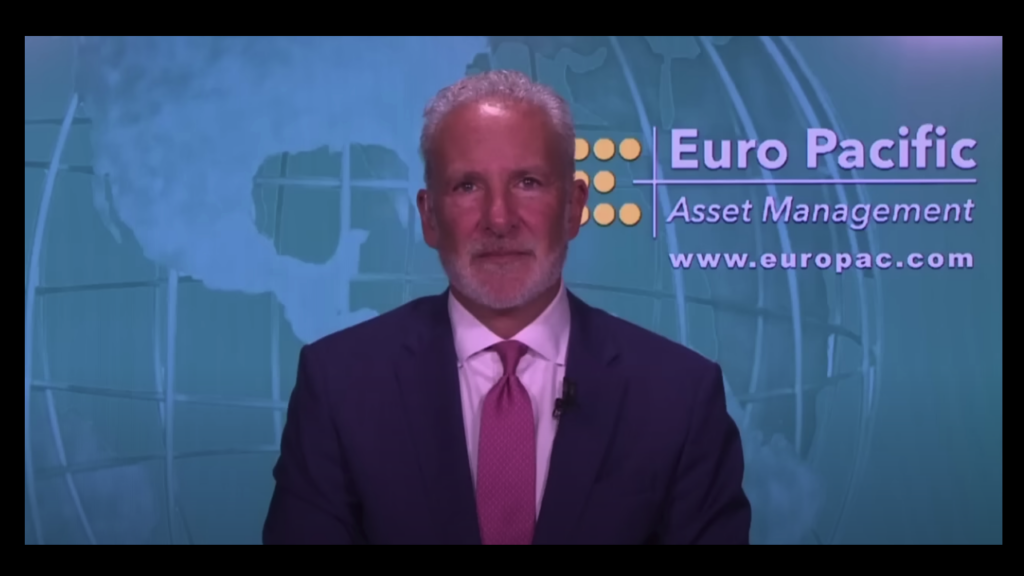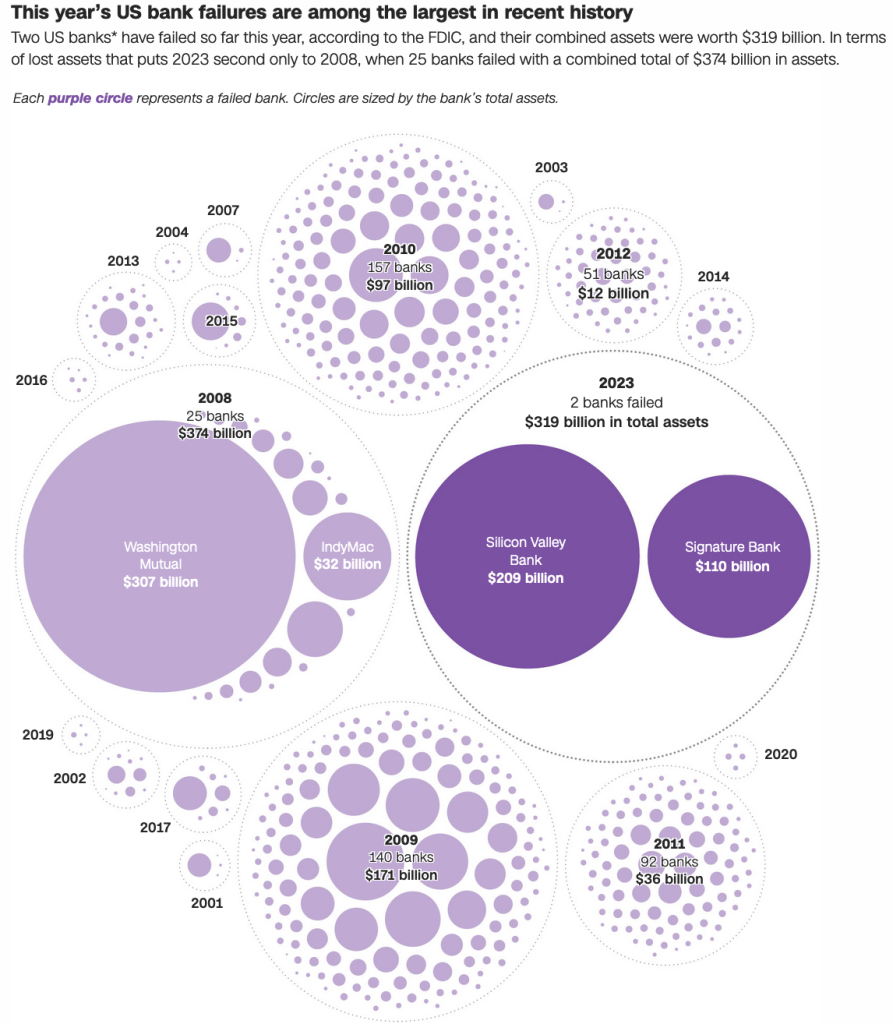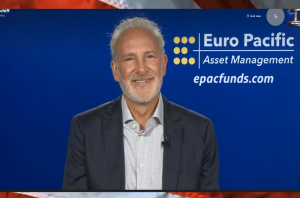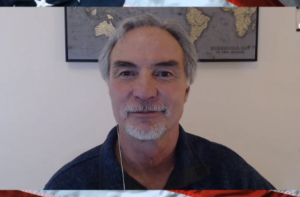Where to begin? I realise this article is primarily about a federal political party and its future but there are two underlying issues that are discussed that need far more exploration and understanding if we are going to be projecting where a particular party or even government will be down the road (let alone the entire world).
If we are going to be discussing energy and Peak Oil then there is SO much more to bring into the conversation. Yes, politics plays a role (as it always does) but the topic is vastly wider than sociopolitics. It encompasses virtually everything in our complex, globalised industrial world. Everything. From the way we create potable water, to how we feed ourselves, to how we build and heat our homes (I’ve purposely focused on the three items we NEED to live…everything else is icing but just as dependent on energy, especially fossil fuels).
First things first. There is NO substitute for fossil fuels. At least not one that can sustain our current world the way it is configured. No, alternatives to fossil fuels cannot do it. They are not ‘clean’ as the mining, refinement, and manufacturing processes for them are environmentally damaging. They have a low energy-return-on-energy-invested (EROEI) and provide little ‘bang for the buck’. They cannot fuel many important industrial processes such as steel and concrete production. They depend very much on continued exploitation of fossil fuel, both upstream and downstream. They are NOT a panacea.
We are stuck with fossil fuels, until and unless we are ready and willing to give up probably 90% or more of what we consider ‘modernity’.
Then there’s the fiscal aspect discussed here. While it may be ‘progressive’ to be discussing and believing that money grows on trees (or at least within the 1 and 0s of computers), this infinite money growth that is being bandied about as another wonderful panacea for our world that’s gone sideways carries with it enormous consequences.
Let’s agree for the sake of argument that we can indeed just print as much money as we want to ‘pay’ for all that we want and desire — and we can, we just create it from thin air. Presto. More money.
I think most would see that if everyone was suddenly in receipt of, say a million dollars, there would be knock-on effects in the price inflation we would experience; after all, more money chasing the same amount of goods and services would, as most economists would agree and experience has shown, result in higher prices experienced by the population (unless of course it just gets left in the computer data banks and accumulates interest; oh wait, interest rates are zero or lower).
Okay, so let’s say price inflation hits. Solution: we deposit another million, or maybe two million in everyone’s new digital bank account…same problem.
In fact, we’re probably beginning to experience hyperinflation; and experiments in this realm have never ended well. The surest way to bring about a loss of faith in fiat currency and eventual economic collapse is through currency debasement, which is exactly what endless money printing does. But, again, for the sake of argument, let’s say that doesn’t happen (miracles do sometimes occur; although I’m not sure the Leafs winning the Stanley Cup is one of them).
So are the creation of goods and services ramped up to meet demand since everyone has money to buy things? Likely. Here is where we get back to the first issue.
Every dollar spent requires energy to produce the goods or services provided. Think this doesn’t happen? Take a look at GDP and energy use. They are correlated almost perfectly. They increase together. Think alternative energy will meet this demand? Hardly. Increased alternative energy production has not even been able to keep up with increasing demand. The world has had to continue to ramp up fossil fuel use to meet demands. The more money that is created and spent, the more demand there is for energy and resources.
But we have a slight problem. We live on a finite world with finite resources but especially fossil fuels which underpin our current world and all of its interconnected complexities. Our world as designed and functioning currently is fubar without fossil fuels.
It doesn’t matter what party is in charge of things. It never has. The Liberals, NDP, or Greens for that matter can wrap themselves in cloaks of green (to give the illusion of being environmentally friendly; or, of having lots of money; or, both perhaps) and promise a green/clean economy where everyone has everything they want and need, and it won’t mean a damn thing in the end. We could all sit around the campfire holding hands and singing kumbayah but that won’t keep the impending cliff at bay.
These inconvenient truths, as it were, are already biting us and we can only ‘paper’ over them for so long. At some point we have to realise that like Wile E. Coyote we left solid ground some time ago and have been running on air with nothing holding us up. Until a tipping point of people come to this realisation it will be business as usual and the telling of comforting narratives to reduce our mass cognitive dissonance and avoid the pain of reality.
Rant concluded.
 Do you remember what happened in 2008? Many people believe that another historic financial disaster is coming and that it will absolutely devastate the U.S. economy. Earlier this week, I wrote about an investor named Michael Burry that has actually bet 1.6 billion dollars that the stock market is going to crash. He made all the right moves in 2008, and he fully intends to be proven right once again in 2023. Of course current conditions definitely resemble 2008 in so many ways. The residential housing market is so dead right now, and commercial real estate prices are plummeting at a very frightening pace. Unfortunately, officials at the Federal Reserve are making it quite clear that they are not done strangling the economy.
Do you remember what happened in 2008? Many people believe that another historic financial disaster is coming and that it will absolutely devastate the U.S. economy. Earlier this week, I wrote about an investor named Michael Burry that has actually bet 1.6 billion dollars that the stock market is going to crash. He made all the right moves in 2008, and he fully intends to be proven right once again in 2023. Of course current conditions definitely resemble 2008 in so many ways. The residential housing market is so dead right now, and commercial real estate prices are plummeting at a very frightening pace. Unfortunately, officials at the Federal Reserve are making it quite clear that they are not done strangling the economy.

